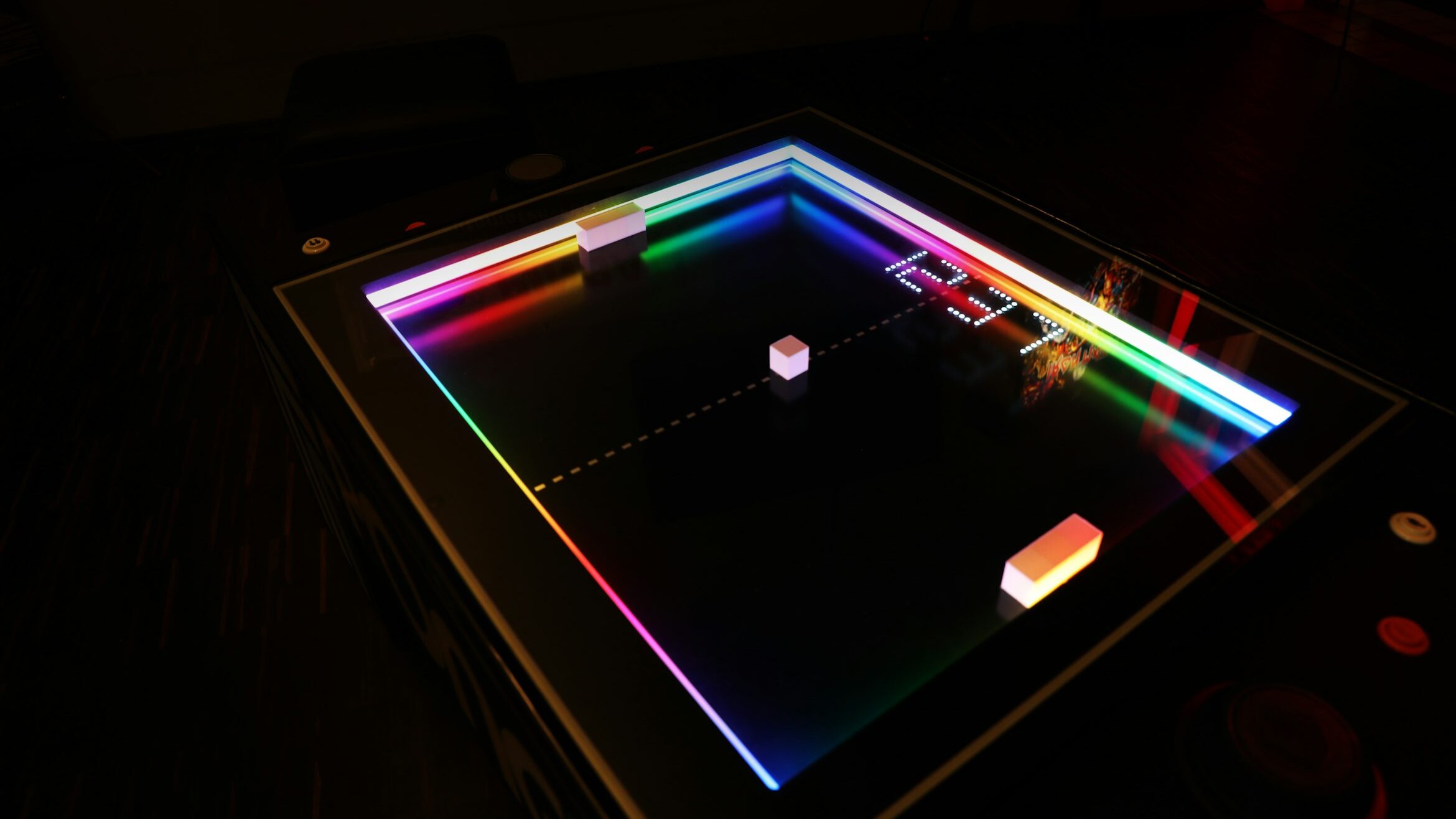Have you ever encountered a website that looked stunning but felt clunky to use? This is a common phenomenon known as the aesthetic-usability effect. Users often perceive visually appealing interfaces as being more user-friendly, even if they have underlying usability issues. This article explores the impact of aesthetics on user experience (UX), the limitations of the effect, and how to navigate it during user research.
Impact on User Experience
When users encounter an interface that is visually appealing, they are more likely to overlook minor usability issues. This can significantly influence user experience. An attractive visual design isn’t just an add-on; it’s a crucial element that shapes how users perceive and interact with a product. A prime example of this is Apple’s success, which highlights the competitive advantage of prioritizing aesthetics alongside functionality.

Limitations of the Aesthetic-Usability Effect
Despite its benefits, the aesthetic-usability effect has limitations. While a visually pleasing design can make users more forgiving of minor usability flaws, it doesn’t excuse significant usability problems.
For instance, during a usability test, a participant initially praised the large, colorful images on the Arcadis consultancy website https://www.arcadis.com/en. However, this appreciation turned into frustration as the participant struggled to find information due to the site’s low information density.
This example showcases how a visually appealing design can’t overcome major usability issues.
Usability-Testing Challenges
The aesthetic-usability effect can pose a challenge during usability testing. Facilitators often witness participants struggling with tasks, only to hear positive comments about the interface’s visual appeal. This discrepancy can mask underlying usability issues.
For example, a participant might face difficulties while navigating a site like FitBit but still rate it highly due to its calming color scheme and attractive photographs.
Here, the positive feedback on visuals might mask the participant’s actual difficulty in using the site.
Interpreting Positive Comments in User Research
To identify instances of the aesthetic-usability effect in user research, it’s essential to observe both what users do and what they say. Here are some tips:
- Look for inconsistencies between a participant’s actions and their feedback on visual appeal.
- Consider if the participant feels pressured to be positive.
- Encourage open-ended comments to get genuine feedback.

Working Around the Aesthetic-Usability Effect
If you suspect positive comments are due to the aesthetic-usability effect, use probing questions to encourage participants to think beyond the visual layer. However, avoid leading questions and be prepared to move on if deeper insights aren’t forthcoming.
A Brief History of the Aesthetic-Usability Effect
The aesthetic-usability effect was first studied in 1995 by Masaaki Kurosu and Kaori Kashimura from the Hitachi Design Center. They found a strong correlation between aesthetic appeal and perceived ease of use. This effect was further explored by Don Norman in his 2004 book, Emotional Design, highlighting the significant influence of aesthetics on user perception.
Cognitive Style and the Aesthetic-Usability Effect
Humans fall into two cognitive style categories: verbalizers and imagers. Verbalizers are influenced by words, while imagers are influenced by visuals. A study found that while user preferences differed between these groups, usability factors did not. This suggests that both verbal and visual elements are crucial in design.
Importance of Aesthetics in Interface Design
Aesthetics play a crucial role in interface design by:
- Providing a competitive advantage
- Making users more tolerant of minor usability issues
- Evoking positive emotions
However, designers must balance aesthetics with functionality to retain users in the long run.

Applying the Aesthetic-Usability Effect in Design
Designers can leverage the aesthetic-usability effect by focusing on several key aspects:
- Color Scheme: Choose colors that complement each other and align with the brand’s identity.
- Cluttered UIs: Avoid clutter by creating clear visual hierarchies and using whitespace effectively.
- Consistency: Ensure design consistency to help users predict outcomes and navigate interfaces easily.
- Motion: Use animations and micro-interactions to provide feedback and enhance usability.
Balancing Beauty and Functionality
Aesthetically pleasing interfaces create a positive response and make users more forgiving of minor issues. However, the aesthetic-usability effect has its limits and should not overshadow the importance of functionality. By observing user behavior and feedback, designers can strike the right balance between form and function, leading to a successful product that attracts and retains users.
Related Posts:
Difference Between UI and UX Design
The Aesthetic-Usability Effect
Integrating Psychology for Superior UX Design
